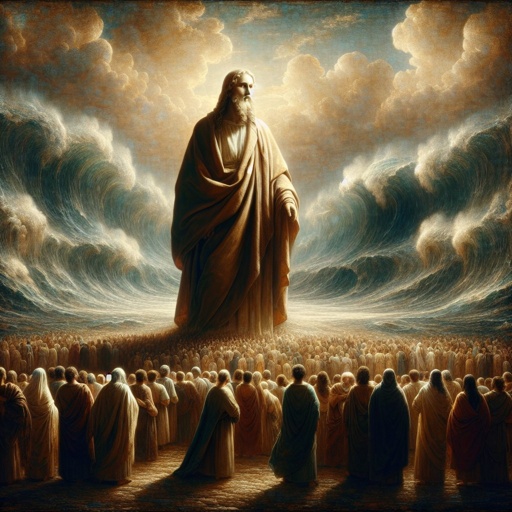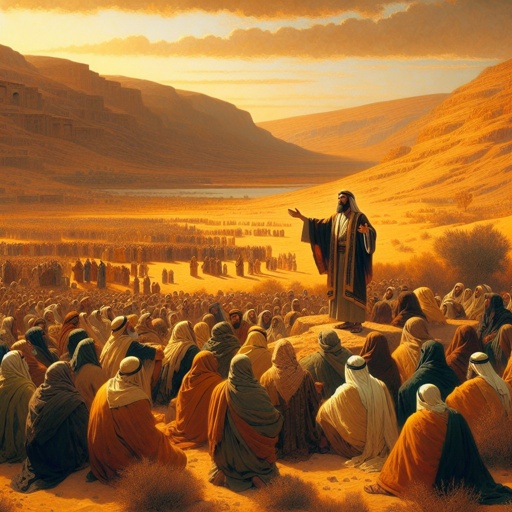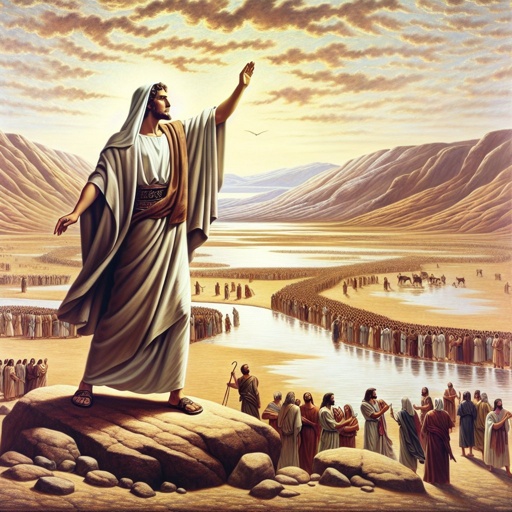2 Kings 14:18 Artwork
"And the rest of the acts of Amaziah, are they not written in the book of the chronicles of the kings of Judah?" - 2 Kings 14:18
Explore 2 Kings 14:18 through paintings, pictures, drawings, digital art, illustrations, wallpapers, photos, prints & more.

2 Kings 21:11 - "Because Manasseh king of Judah hath done these abominations, and hath done wickedly above all that the Amorites did, which were before him, and hath made Judah also to sin with his idols:"

2 Kings 3:11 - "But Jehoshaphat said, Is there not here a prophet of the LORD, that we may enquire of the LORD by him? And one of the king of Israel's servants answered and said, Here is Elisha the son of Shaphat, which poured water on the hands of Elijah."

2 Kings 6:30 - "¶ And it came to pass, when the king heard the words of the woman, that he rent his clothes; and he passed by upon the wall, and the people looked, and, behold, he had sackcloth within upon his flesh."

1 Kings 2:20 - "Then she said, I desire one small petition of thee; I pray thee, say me not nay. And the king said unto her, Ask on, my mother: for I will not say thee nay."

2 Kings 20:9 - "And Isaiah said, This sign shalt thou have of the LORD, that the LORD will do the thing that he hath spoken: shall the shadow go forward ten degrees, or go back ten degrees?"

2 Chronicles 26:23 - "So Uzziah slept with his fathers, and they buried him with his fathers in the field of the burial which belonged to the kings; for they said, He is a leper: and Jotham his son reigned in his stead."

2 Kings 10:9 - "And it came to pass in the morning, that he went out, and stood, and said to all the people, Ye be righteous: behold, I conspired against my master, and slew him: but who slew all these?"

1 Kings 19:2 - "Then Jezebel sent a messenger unto Elijah, saying, So let the gods do to me, and more also, if I make not thy life as the life of one of them by to morrow about this time."

2 Chronicles 36:8 - "Now the rest of the acts of Jehoiakim, and his abominations which he did, and that which was found in him, behold, they are written in the book of the kings of Israel and Judah: and Jehoiachin his son reigned in his stead."

2 Kings 25:4 - "¶ And the city was broken up, and all the men of war fled by night by the way of the gate between two walls, which is by the king's garden: (now the Chaldees were against the city round about:) and the king went the way toward the plain."

Exodus 14:13

Revelation 17:14

John 14:30

Galatians 6:14

Galatians 6:14

Galatians 6:14

Exodus 14:13

Exodus 14:13

Exodus 14:13

Exodus 14:13

Exodus 14:13

Exodus 14:13

Exodus 14:13

Exodus 14:13

Exodus 14:13

Exodus 14:13

Exodus 14:13

2 Corinthians 12:14 - "Behold, the third time I am ready to come to you; and I will not be burdensome to you: for I seek not your's, but you: for the children ought not to lay up for the parents, but the parents for the children."

2 Kings 7:1 - "Then Elisha said, Hear ye the word of the LORD; Thus saith the LORD, To morrow about this time shall a measure of fine flour be sold for a shekel, and two measures of barley for a shekel, in the gate of Samaria."

Luke 18:18 - "And a certain ruler asked him, saying, Good Master, what shall I do to inherit eternal life?"